
Having Committed to Carbon Capture, Industry Grapples with Complications Outside the Fence Line
Executives see the social challenges to CCUS are at least as significant to the technical ones when trying to move through federal permissions.
Logging you in.
Logging you out.
Updating your account.

Gregory DL Morris has reported from all 50 states and eight Canadian provinces, 17 countries on five continents in a career of more than 30 years; from Buenos Aires to Tokyo, from Sydney, Australia to Fort McMurray, Alberta. He has covered conventional energy from exploration and production to refining and petrochemicals. He has also covered renewable energy, transport and logistics, metals, banking, insurance, investments, sports, and travel. He holds a bachelor of science in journalism with distinction in all subject from Cornell University, is a member of the Overseas Press Club, and sits on the editorial board of the Museum of American Finance, a Smithsonian affiliate

Executives see the social challenges to CCUS are at least as significant to the technical ones when trying to move through federal permissions.

Louisiana State University will graduate its first seniors with a concentration in carbon capture, utilization and storage in May, while the University of Oklahoma will start a full major for the subject in the fall.
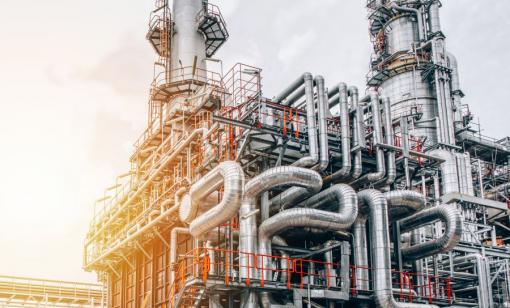
What used to be a domestic business is now the key to worldwide energy security.

About a third of construction firm Kent’s revenue is expected to come from projects in low-carbon or sustainability by 2027, company execs told Hart Energy.
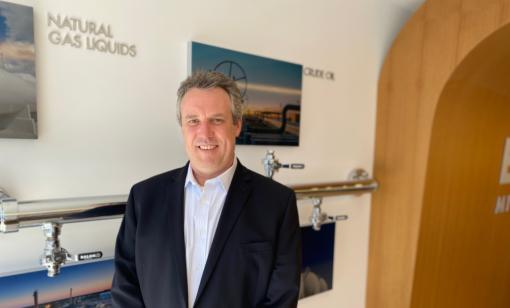
EnLink Midstream has 4,000 miles of pipe in Louisiana, some of which can easily be converted to CO₂. Here’s how, according to Scott Goldberg, vice president of EnLink Carbon Solutions.
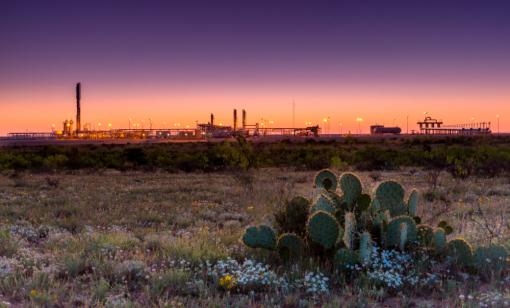
The current round of pipeline expansions means more capacity and consolidation in the Permian Basin.
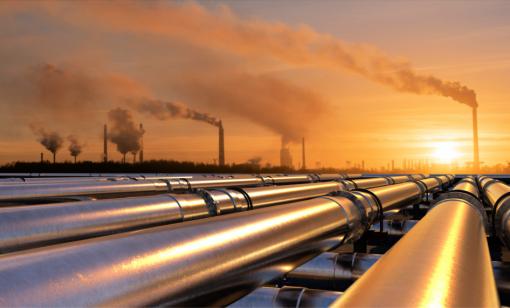
Current carbon capture and sequestration (CCS) tax incentives are powerful but leave out midstream despite the sector’s growing role in project planning, analysts say.
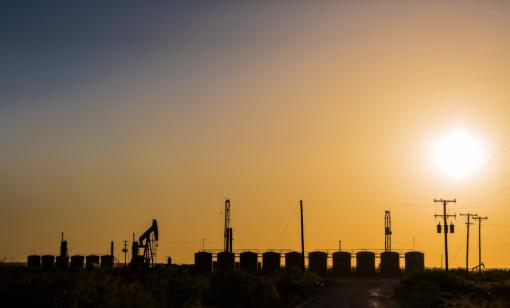
Also, the head of private equity at Riverstone Holdings shares with Hart Energy what makes carbon capture “much more economic than selling into EOR.”
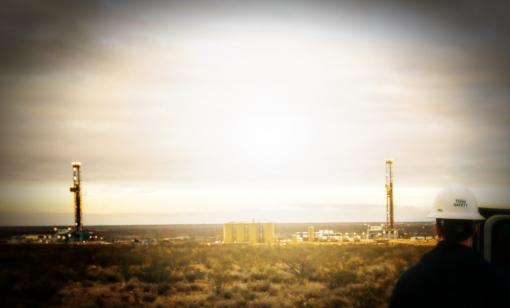
Strong demand and environmental awareness draw capital to natural gas in the upstream and midstream sectors.
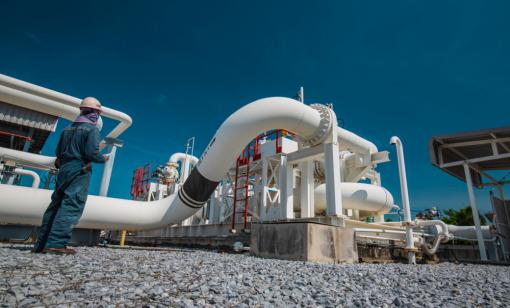
In the new chapter of CO₂, midstream companies are focused on CCUS technology development and “replumbing” opportunities built on decades of experience.
© 2024 Hart Energy. All rights reserved. Reproduction in whole or in part, in any form or medium without express written permission is prohibited.
